From the storm-prone coasts of Miami to the dense forests outside Tallahassee, Florida’s weather is as legendary as its beaches. Recently, the state has taken an unprecedented step by officially banning all forms of weather modification and geoengineering. This decisive legislative move, enacted through Senate Bill 56, marks a major shift in how Florida approaches atmospheric science.
This article unpacks the new law, explains the science of geoengineering, addresses public concerns, and explores the consequences for communities across Florida—from Orlando to Tampa to Jacksonville.
The Changing Climate of Legislation in Florida
In recent years, debates around climate control and weather modification have intensified in Florida. With increasing public speculation and evolving scientific advancements, the state decided to act. SB 56 was introduced to prohibit any artificial modification of atmospheric conditions.
The law specifically bans the release of substances into the air intended to change temperature, precipitation, or sunlight. While Florida had a permit-based system for weather alteration since 1957, the system had become obsolete—no permits were requested in over a decade.
Senator Ileana Garcia, who authored the bill, emphasized that the new legislation reflects modern concerns. The law introduces fines up to $100,000—a dramatic increase over previous penalties—aimed at discouraging any unauthorized activity.
Decoding Geoengineering and Weather Modification
The terms “geoengineering” and “weather modification” often cause confusion. These fields involve scientific attempts to control or influence the atmosphere, either locally or globally.
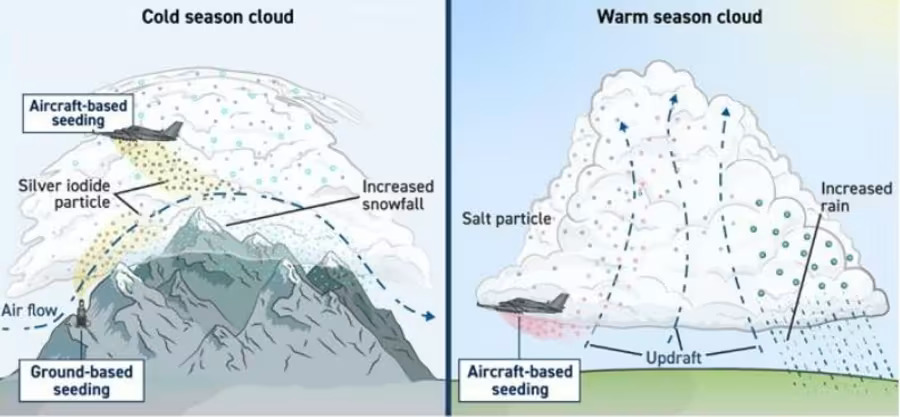
Common Geoengineering Techniques
Cloud Seeding
This involves dispersing silver iodide into clouds to encourage rain or snow. While practiced in places like Nevada and Colorado, cloud seeding hasn’t been documented in Florida for at least ten years.
Solar Radiation Modification (SRM)
SRM methods attempt to reflect sunlight away from Earth to reduce warming. Strategies include:
-
Stratospheric Aerosol Injection
-
Marine Cloud Brightening
-
Cirrus Cloud Thinning
Surface Albedo Enhancement
Urban areas like Miami and Los Angeles have tested reflective surfaces (e.g., white roofs) to cool city temperatures.
Space-Based Proposals
These theoretical ideas include deploying “space mirrors” to reflect solar rays—still far from any practical use.
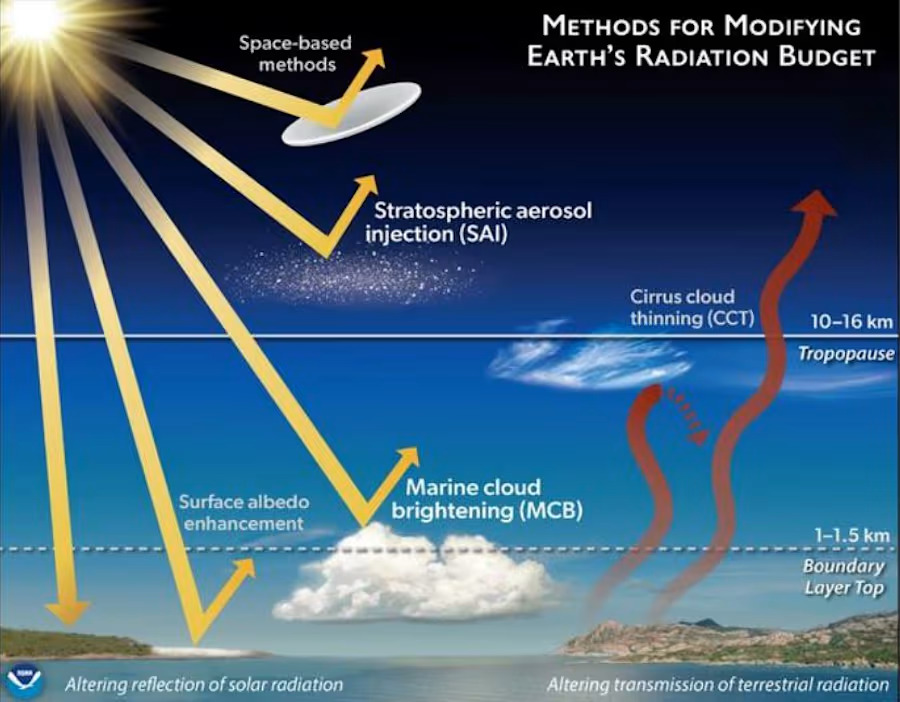
The State of Weather Modification in Florida
Although Florida historically allowed weather modification via permits, no organization has actively engaged in such activities recently. The new law is more about prevention and public assurance than disrupting any current programs.
Separating Fact from Fiction
Public discourse has often blurred the line between fact and conspiracy. Concerns over so-called “chemtrails”—believed by some to be secret weather experiments—frequently reach lawmakers.
Meteorologists like Jonathan Kegges explain that these visible streaks in the sky are harmless contrails, formed by water vapor from jets—similar to your breath on a cold day. There is no credible evidence of clandestine geoengineering happening over cities like St. Augustine or Jacksonville.
Geoengineering: Promise and Peril
While Florida has shut the door on weather modification, other states see value in limited applications.
Cloud seeding, for instance, is still used in Western states to stimulate snow and rain, aiding agriculture and tourism. Companies like Rainmaker, led by Augustus Doricko, advocate for its role in water sustainability.
However, the scientific community remains cautious. Critics cite environmental risks, unintended consequences, and difficulty in measuring effectiveness. Large-scale projects could impact sensitive ecosystems like the Everglades or redirect weather impacts elsewhere—raising ethical and logistical concerns.
National and Global Context
Florida’s stance isn’t without precedent. Between the 1960s and 1980s, the U.S. government explored ways to weaken hurricanes, with inconclusive results. Agencies like NOAA now focus on theoretical research rather than active intervention.
Globally, while interest in geoengineering is growing, no large-scale programs are underway. Nations are still debating the ethical, environmental, and geopolitical implications.
Local Impact: How the Ban Affects Florida’s Cities and Citizens
As of July 1, 2025, all weather modification activities are banned in Florida’s cities and towns—whether in Miami, Tampa, Pensacola, or Orlando.
Impact on Agriculture and Innovation
Farmers who might have considered cloud seeding during dry seasons now have no legal pathway for such experiments. Likewise, startups aiming to explore precipitation technology must relocate operations to more permissive states.
Educational Outreach and Misinformation
The law also refocuses efforts on public education. Meteorologists and science communicators across Florida are redoubling efforts to explain natural weather patterns, hoping to reduce confusion and misinformation.
Addressing Environmental Concerns
Florida’s diverse ecosystems—from coral reefs to wetlands—are especially vulnerable to environmental disruption. Lawmakers argue that banning geoengineering helps preserve natural ecological balances, especially amid ongoing climate change.
The $100,000 fine for violations will also be reinvested in air quality improvement efforts, offering a tangible environmental benefit beyond deterrence.
Why Florida Opted for a Total Ban
Florida’s full ban reflects a cautious, preservation-first approach. Lawmakers emphasized that the risks of weather modification currently outweigh the benefits, particularly in a state already facing environmental strain from storms, rising seas, and development.
Rather than exploring untested science, Florida chose to protect its natural atmospheric processes, at least until broader scientific consensus or regulatory clarity emerges.
Looking Forward: Florida’s Role in Future Weather Science
While this ban halts weather modification within state borders, it doesn’t stop Florida’s scientists from observing national or international developments. Should global standards evolve or new data emerge, the state could revisit its position.
In the meantime, Florida’s skies will remain free from artificial interference, serving as a living experiment in natural resilience.
Conclusion
Florida’s landmark law banning geoengineering and weather modification represents a clear break from speculative atmospheric science. For communities from Fort Lauderdale to Naples, this is more than just a legal change—it’s a statement of values.
By choosing caution over experimentation, and transparency over confusion, Florida prioritizes natural balance and public trust. In a time when climate technologies are advancing rapidly, the Sunshine State’s decision serves as a reminder that sometimes, letting nature take its course is the boldest choice of all.

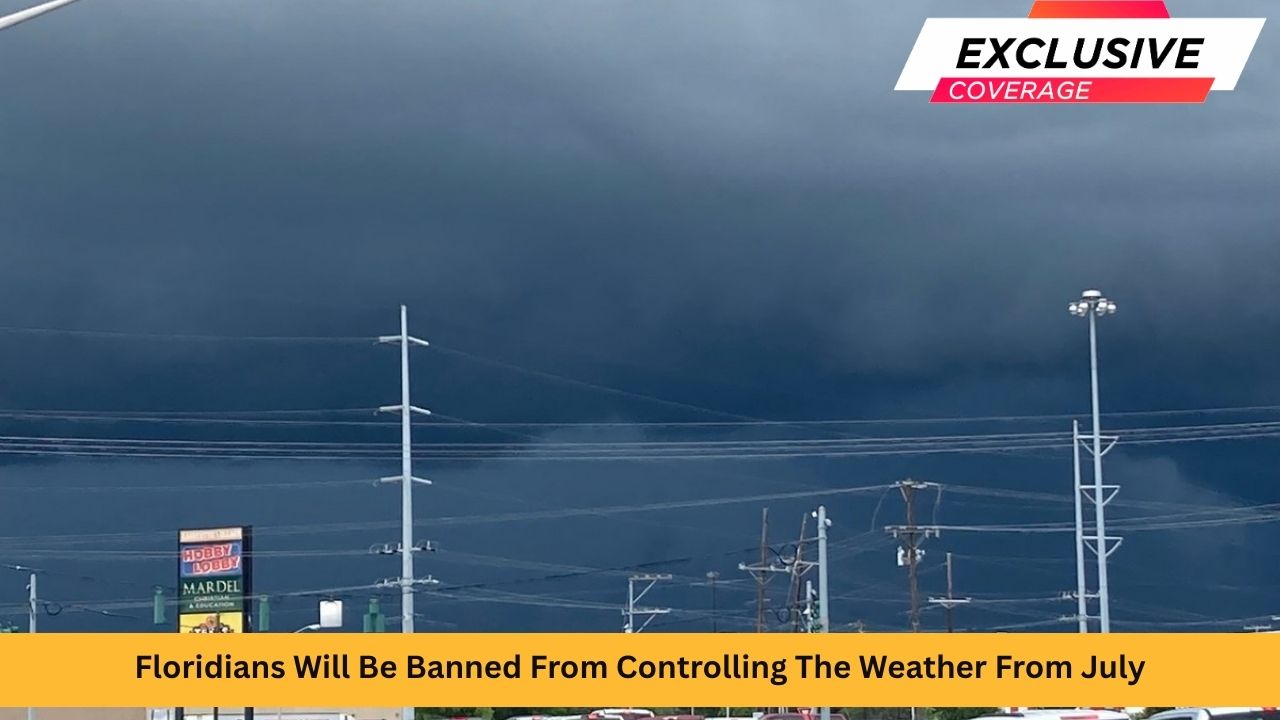

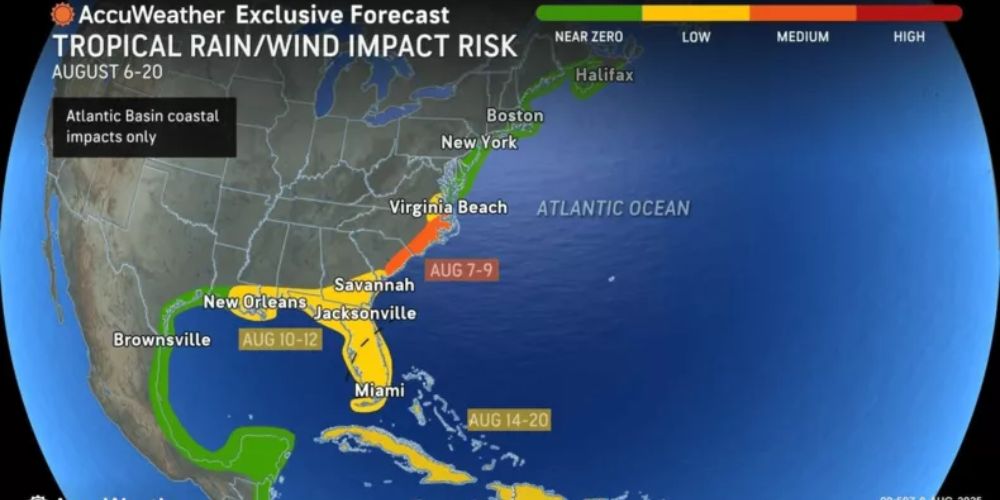
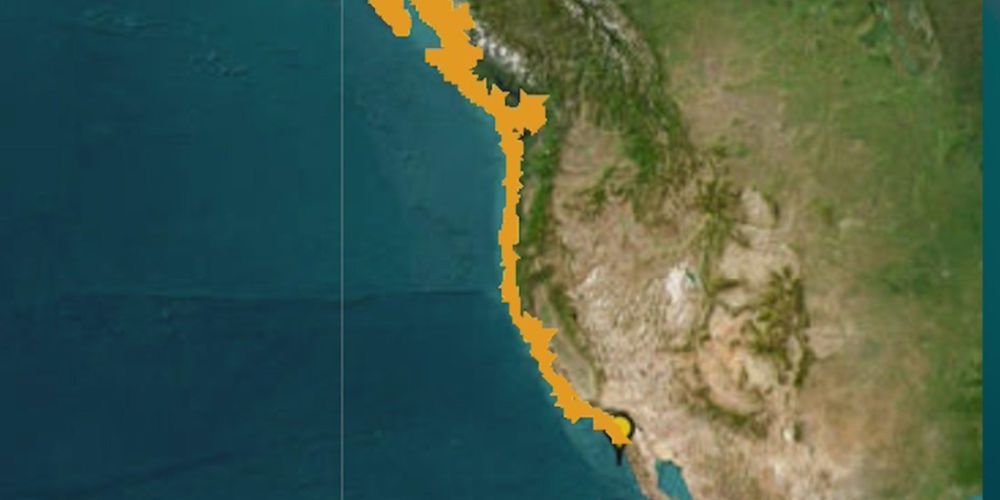
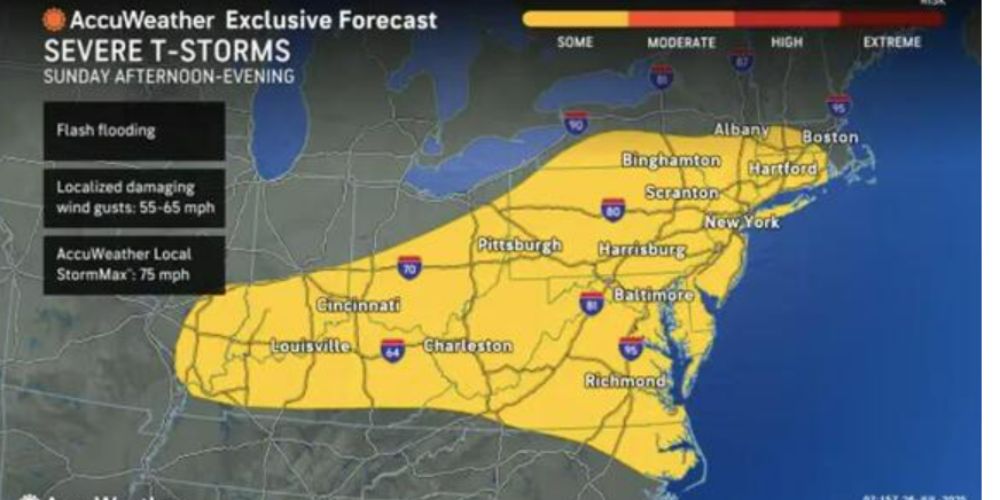
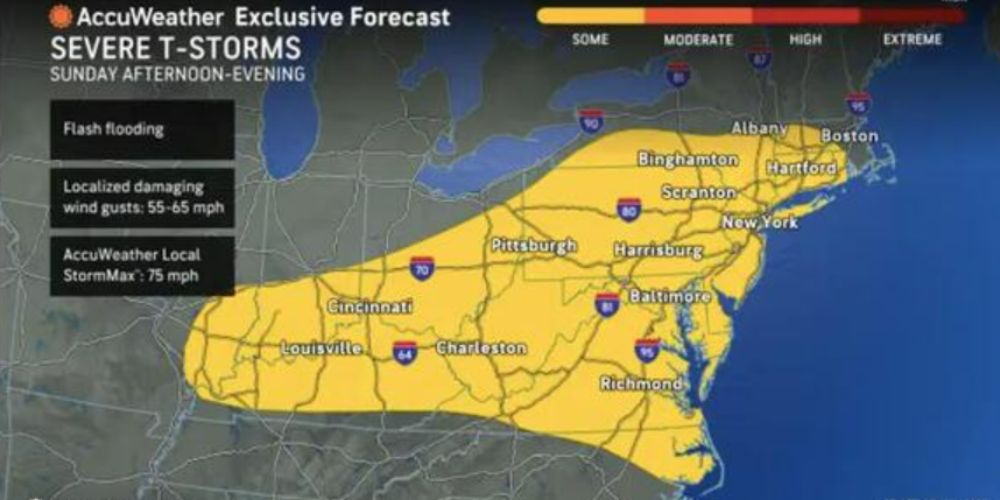
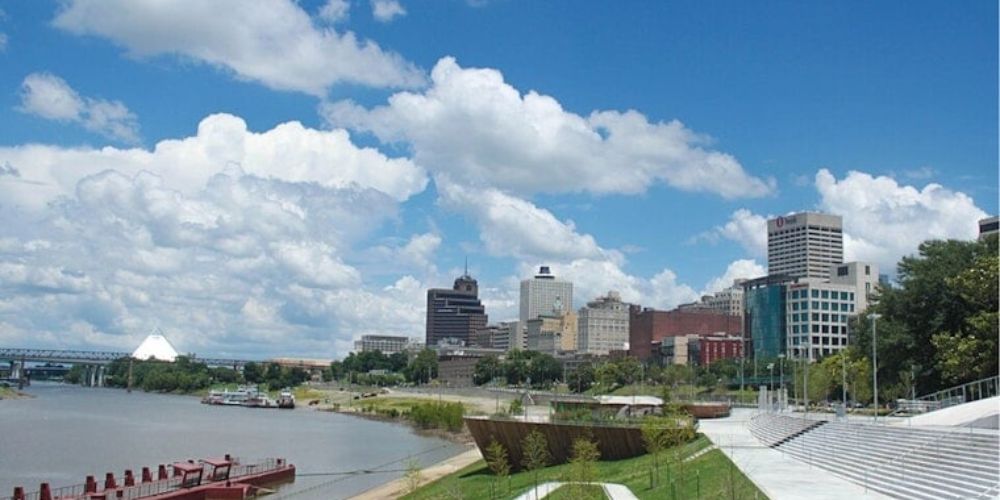



Leave a Comment